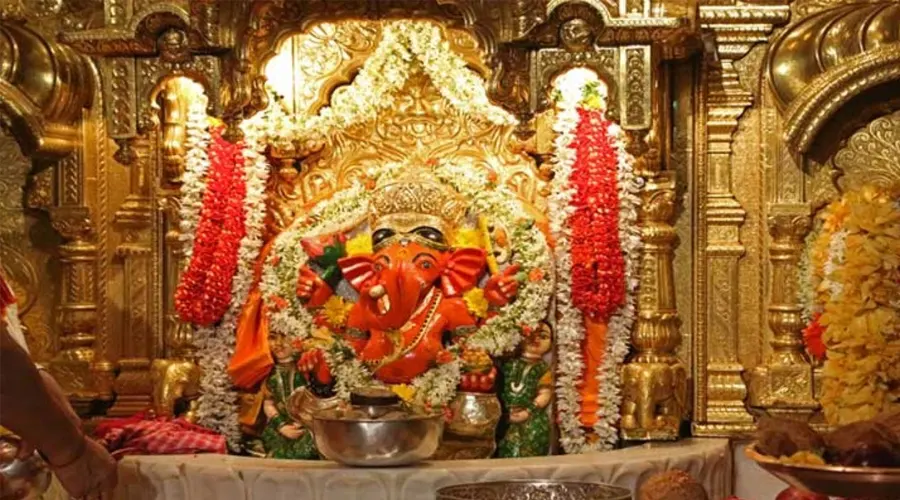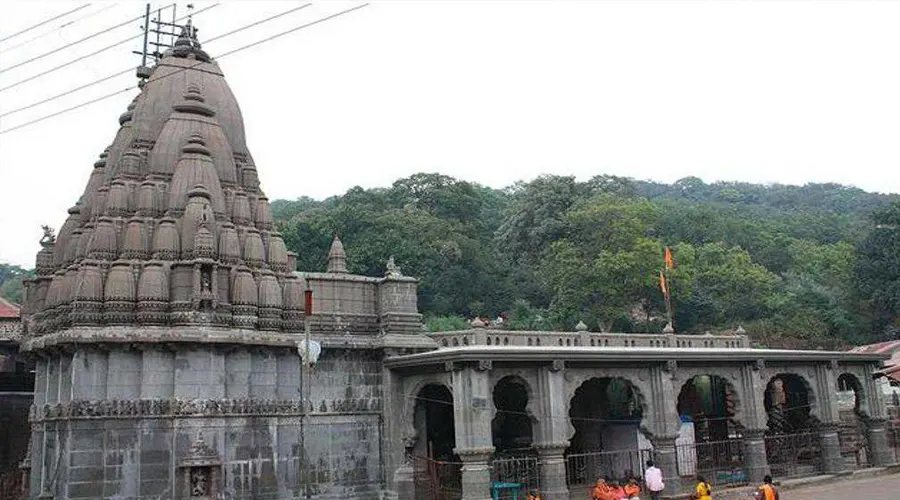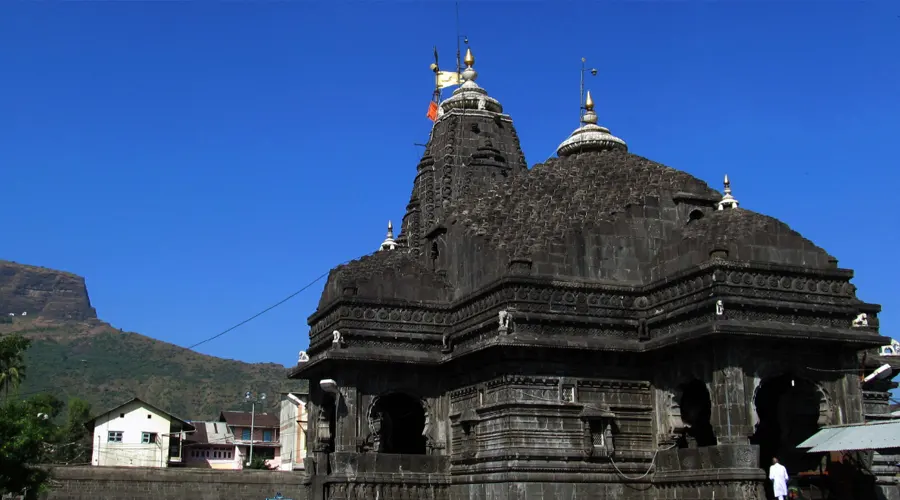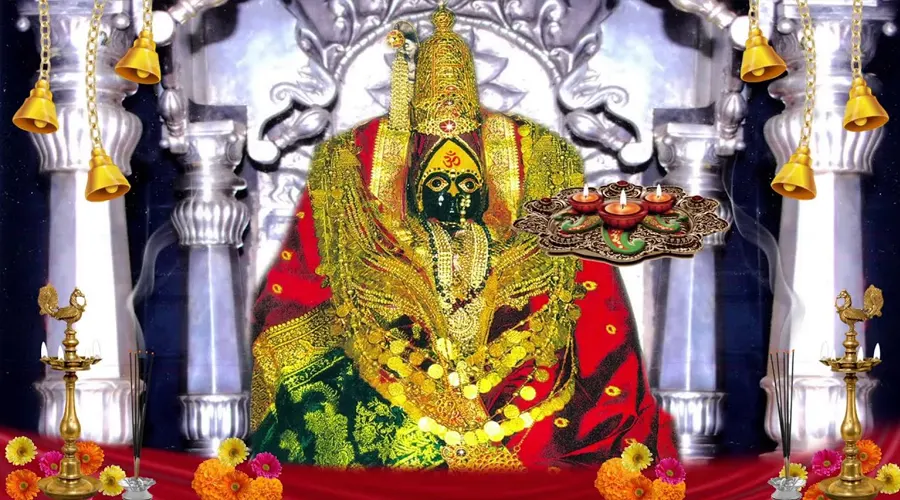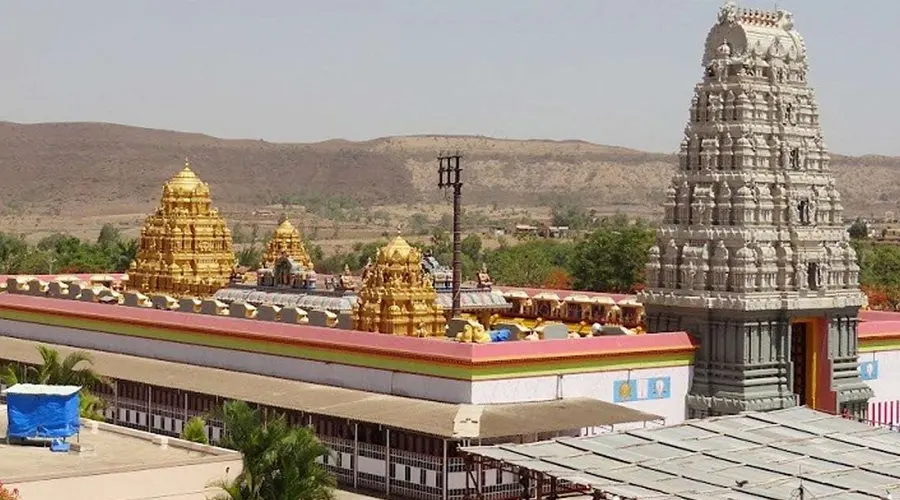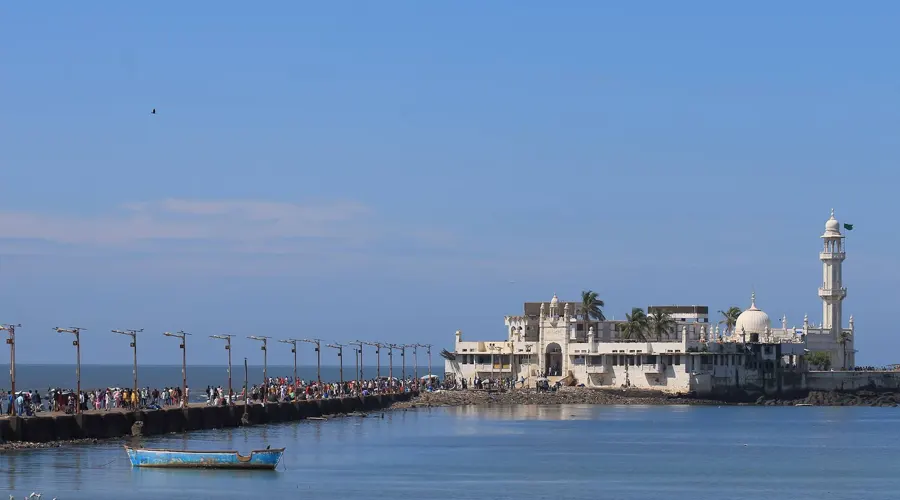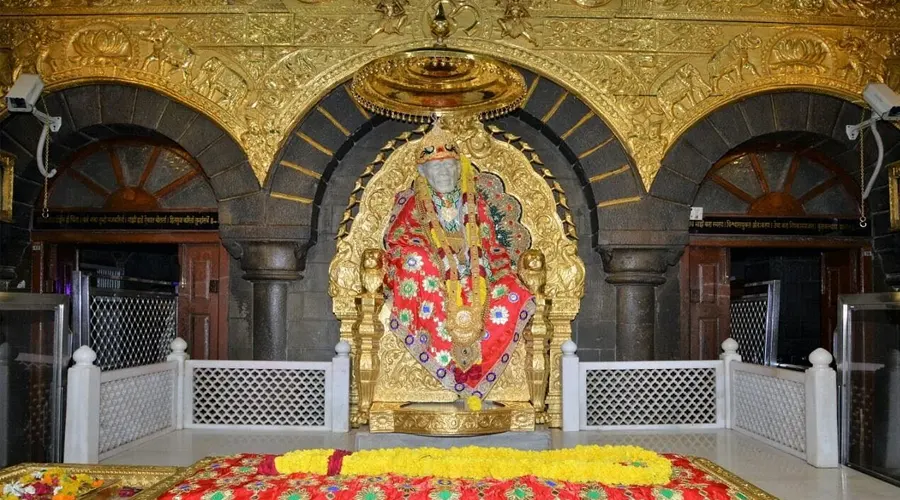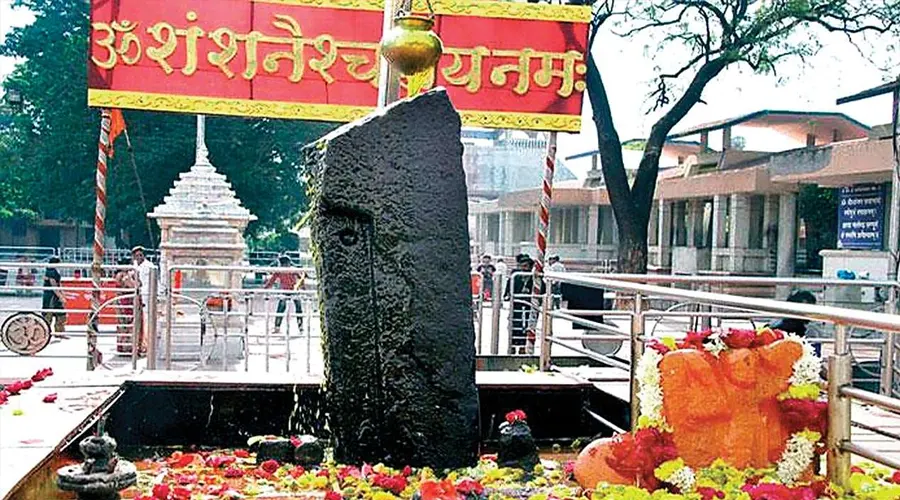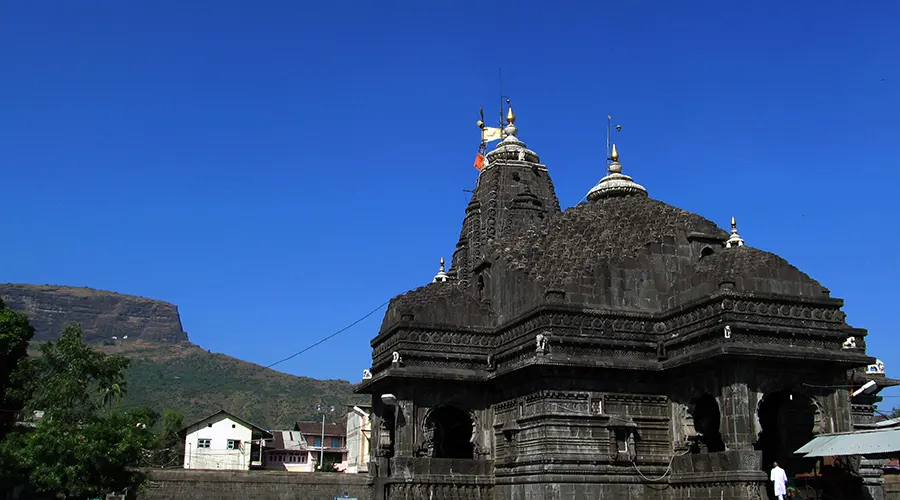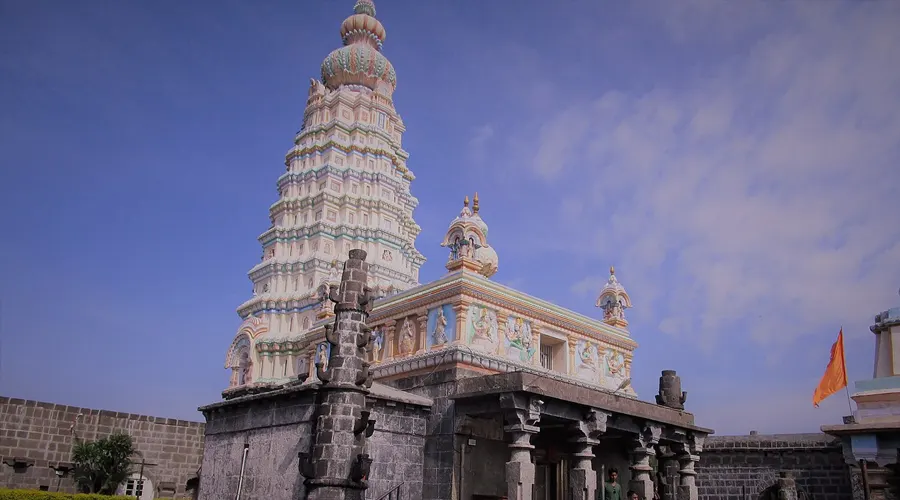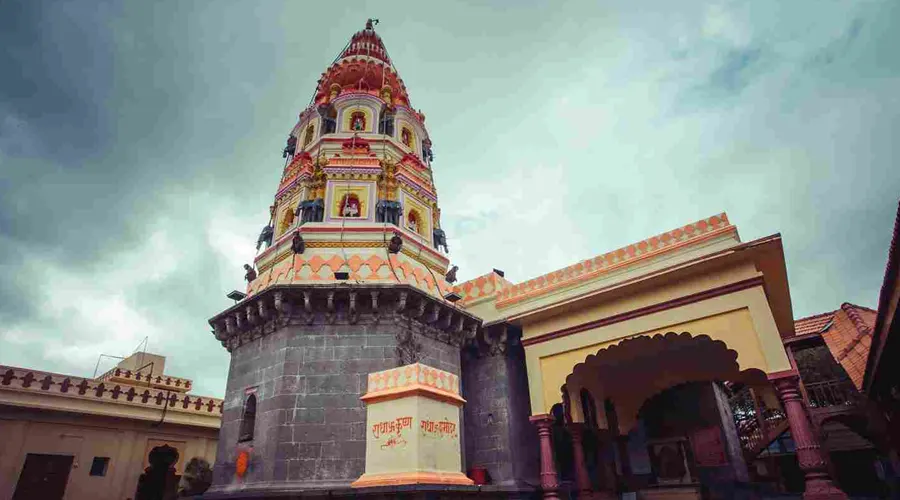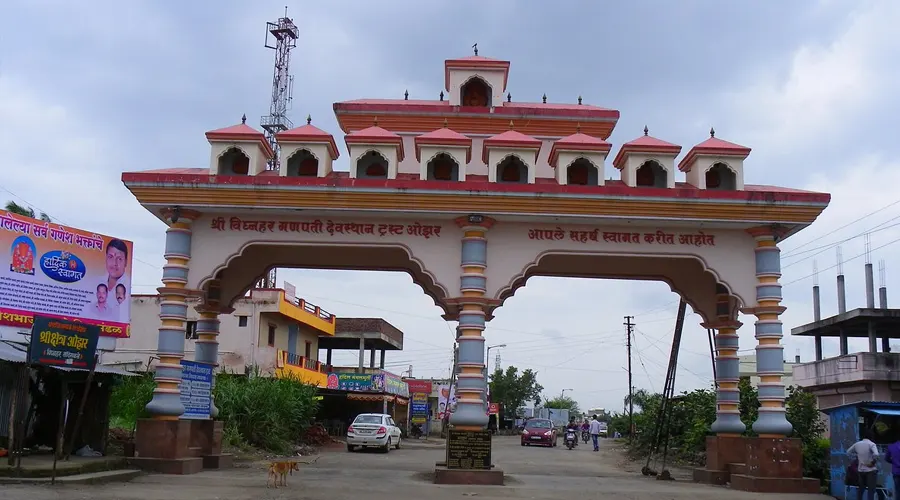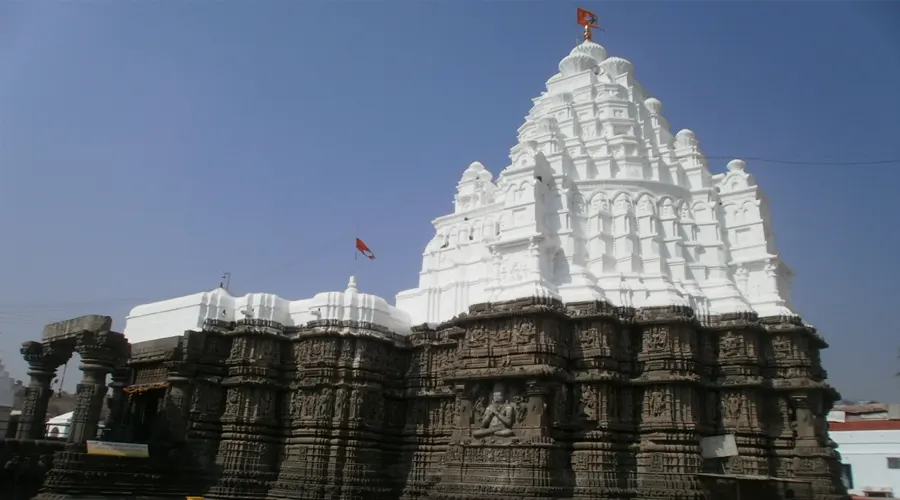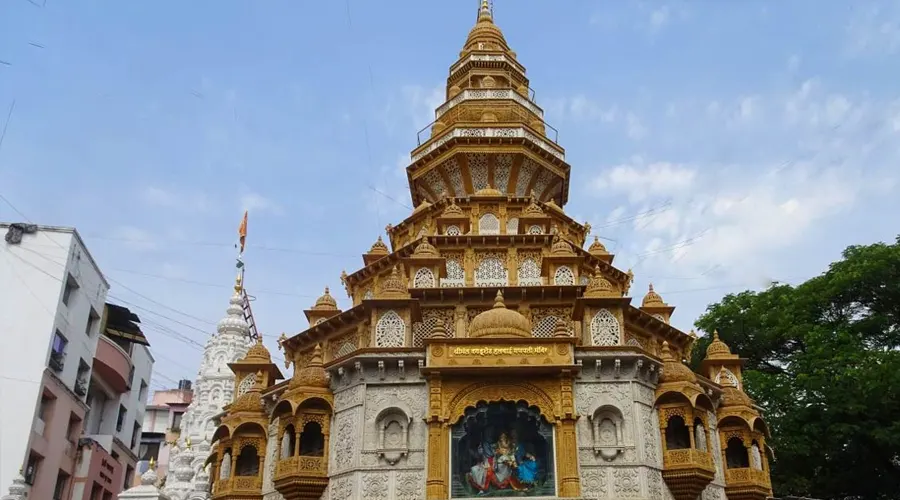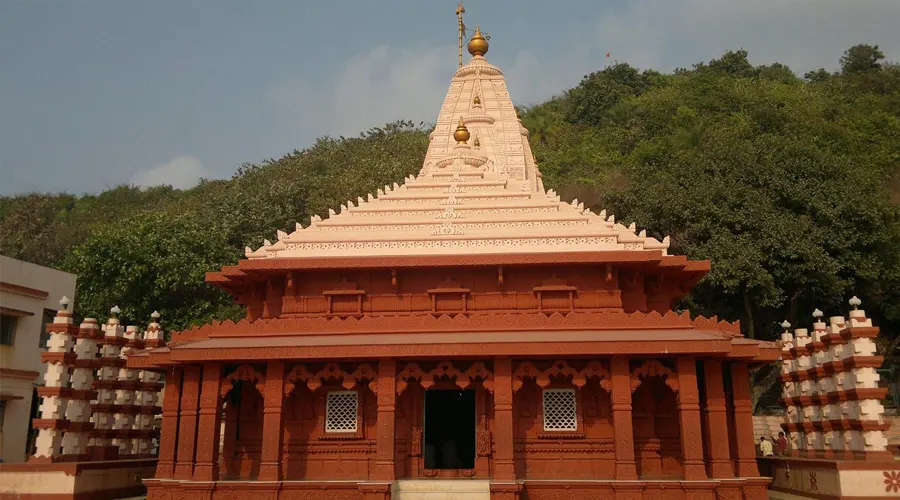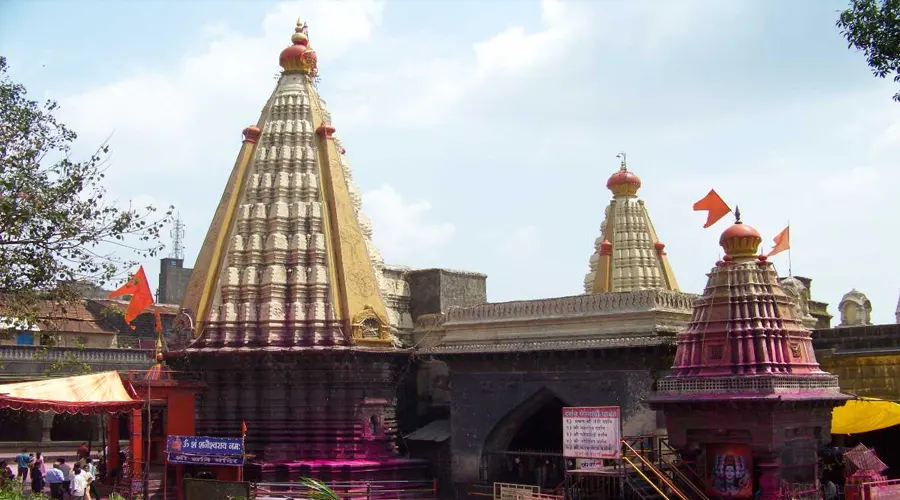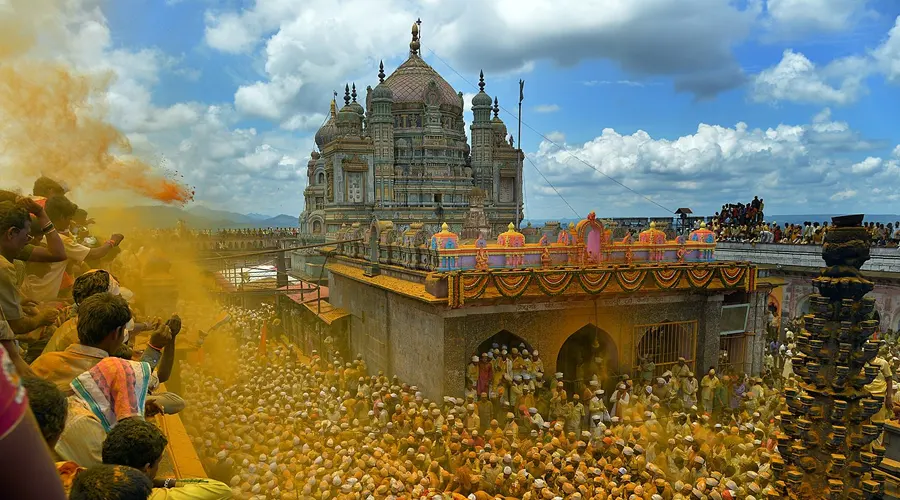Jaigad Fort
This 16th-century fort is one of the most notable tourist places in Ganpatipule, standing tall and withstanding the tests of time. The fort was built on a cliff overlooking the Jaigad creek at the confluence of River Shastri and the Arabian Sea, to protect one of the major ports of the era.
The remains of this majestic architectural splendor, extending over 13 acres at an elevation of 250 feet above sea level, will spellbind you. A moat that used to be filled with water as a protection against invaders surrounds the structure.
Most of the outer walls and ramparts are intact, connected by robust bastions. If you climb the stairways, you can enjoy a spectacular view of the creek from the upper fortress. In the center of the construction lies the palace of Shivaji’s commander-in-chief Kanhoji Angre.
History
The Jaigad fort was built by the Bijapur Sultanate who was incapable of retaining its power in the region and lost the fort to the Naiks belonging to Sangameshwar. The Naiks, at that time, controlled over 600 troops and owned about 8 villages. While the glorious fort was under their command, they were attacked by the Portuguese and also the Bijapur Sultanate, but the Naiks fought fiercely and were successful in protecting it. Subsequently, the region became a part of the Shivaji dominion and was managed by Balaji Vishwanath Peshwa who surrendered it to Kanhoji Angre in 1713. In 1818 however, the Jaigad fort was captured by the British during the Third Anglo-Maratha War.
Some believe that many attempts were made to build the majestic fort but in vain. It was only after a human sacrifice that it was entirely constructed. The young boy, Jaiba Malhar, who sacrificed his life willingly, is believed to be resting in one of the ramparts of the fort. The name "Jaigad" was thus derived from the young boy's name.
Architecture
The Jaigad Fort stands about 250 feet above sea level and has been erected very close to the shore. It is surrounded by a moat stretching on the northern and the eastern sides. The moat is also known as Khandak in the local language which was filled with water for protection against attacks.Although the fort is in ruins, some of the architecture has outlived the tests of time and weather. The spectacular fort consists of a high upper fortress connected by bastions on the edge of the cliff, the lower line of defense on the shore, and two sweet water wells. The steep stairways lead to the upper fortress from where the beautiful creek can be seen. The palace of Kanhoji Angre lies in the middle of the fort along with the temples of Lord Ganesh and Hanuman on the premises.


